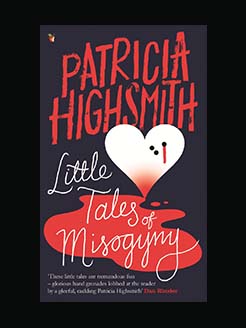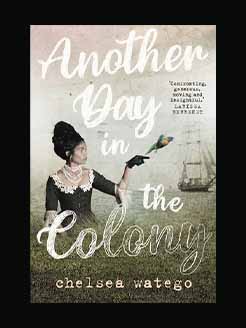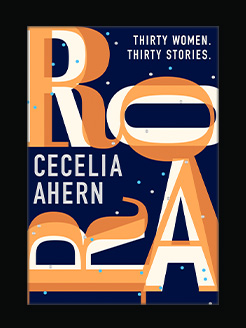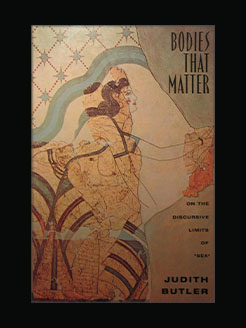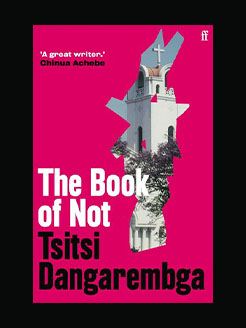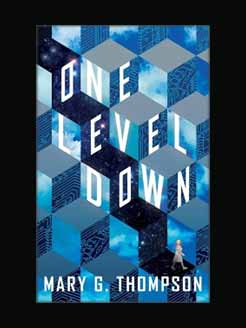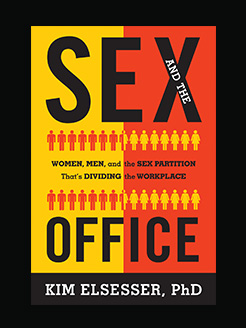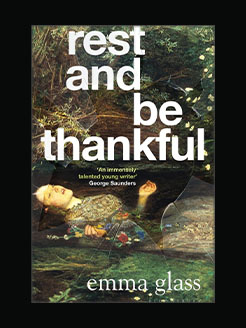Published in 2020
438 pages
Diana Souhami was brought up in London and studied philosophy at Hull University. She worked in the publications department of the BBC before turning to biography. In 1986 she was approached by Pandora Press and received a commission to write a biography of Hannah Gluckstein. Souhami became a full-time writer publishing biographies which mostly explore the most influential and intriguing of 20th century lesbian and gay lives.
She is the author of 12 critically acclaimed nonfiction and biography books, including Selkirk’s Island (winner of the Whitbread Biography Award), The Trials of Radclyffe Hall (winner of the Lambda Literary Award and shortlisted for the James Tait Black Prize for Biography), the bestselling Mrs. Keppel and Her Daughter (winner of the Lambda Literary Award and a New York Times Notable Book of the Year), Gertrude and Alice, and Wild Girls: Paris, Sappho, and Art. She lives in London.
What is this book about?
In the summer of 1945, just after the Nazi occupation, Truman Capote visited Romaine Brooks’s abandoned studio in Paris. The portraits there, large and imposing, were of women: Ida Rubinstein, Una Troubridge, Gluck, Elisabeth de Gramont, Renata Borgatti, Bryher. Romaine’s lover Natalie Barney said that Paris had been ‘the Sapphic Centre of the Western World’, and these women defined it. Capote himself called them ‘the all-time ultimate gallery of famous dykes’. This book is about that gallery and celebrates the central role they played in the cultural revolution that was Modernism.
Modernism happened in Paris, and these women were Paris. Shocking, free, blatant, they weren’t just expats. They’d grouped together to create their own world, far from the restrictions of home. They were talented, often well-off, and lesbian. They answered to no one but themselves. Among them, for example, was Sylvia Beach, the American who set up the legendary Shakespeare & Co in 1919 and published Joyce’s Ulysses when nobody else dared to, as well as Radclyffe Hall’s The Well of Loneliness which was burned in Britain. The shop became the unofficial meeting place of the Modernists. Gertrude Stein, Beach’s friend, bought the work of her friends – Matisse, Cézanne, Picasso, Gauguin – when they were young and unknown. Hemingway, Scott Fitzerald, Paul Bowles and others gravitated to the shop and to the world around these women.
Told in the spirit of Stein’s Autobiography of Alice B. Toklas, or Hemingway’s A Moveable Feast, this book is as colourful and exuberant as the women themselves.
